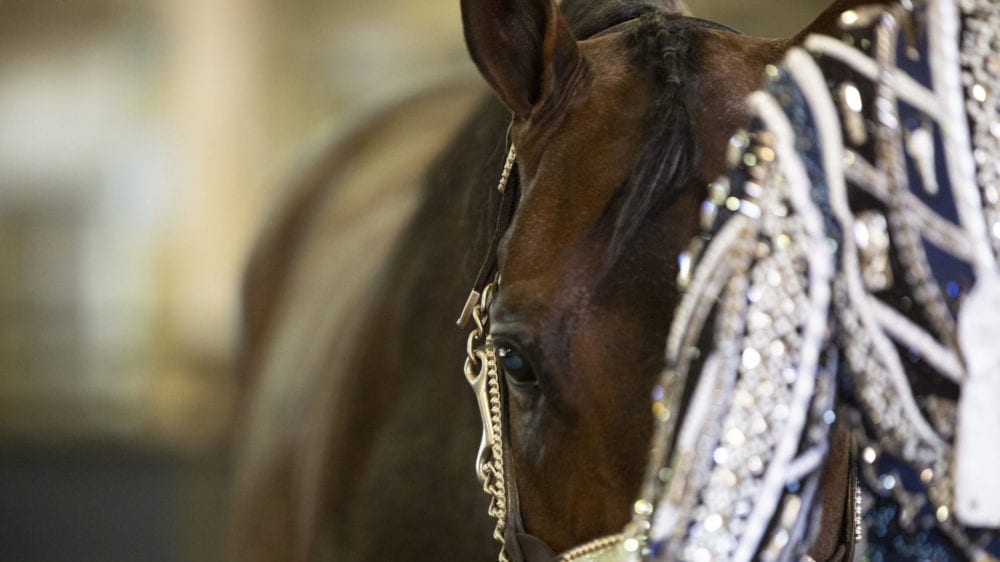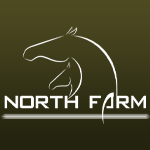Everybody has ‘off days.’ Even the most accomplished of athletes experience them. These types of days, when nothing seems to be going right, can be exceptionally frustrating for equestrians. As much as we would love to be able to, there is no way for us to ask our horses, “why are you so grouchy today?”
This language barrier between humans and horses makes it a challenge to address the root of the stubbornness of our equine partner, especially when an ‘off day’ turns into an ‘off-week,’ or an ‘off-month.’ And when the wrong attitude of our equine partner becomes a long-term issue, finding success in the show pen, or making progress at home, is increasingly difficult.
GoHorseShow had the opportunity to sit down with AQHA Professional Horsemen Brent Maxwell, Robin Frid and Reid Thomas to discuss how to pinpoint whether the root of the problem lies within the horse, or if it is a rider-created issue, and how to address it moving forward.
First things first – check the rider’s technique.
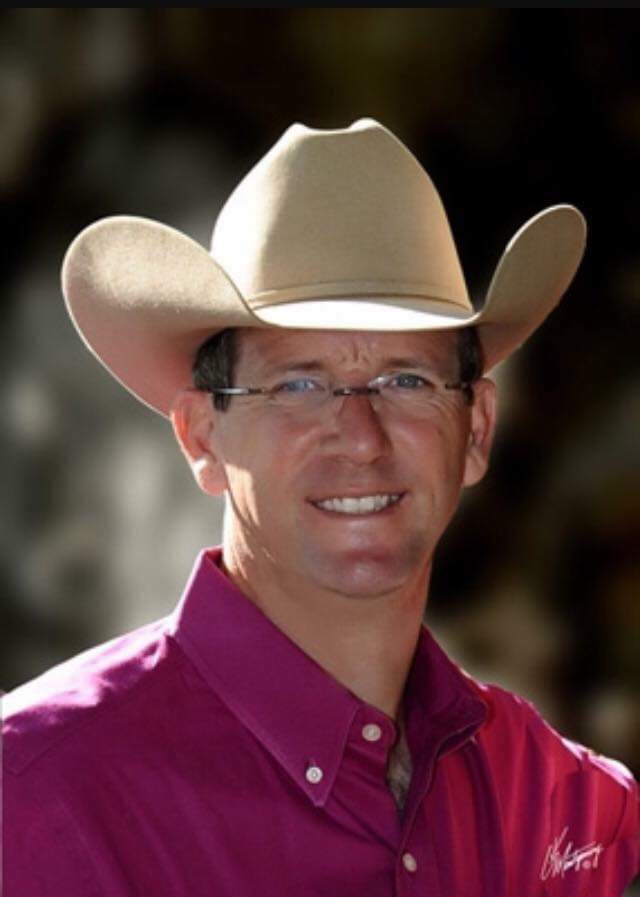 Rather than jumping straight to the conclusion that the horse itself is the issue, trainer Robin Frid (pictured right) of Denton, Texas says that “the first thing we do is address if it is the rider – if the rider is asking in a manner that is inappropriate or is over-queuing them if the horse maybe needs something softer. That is the first thing that I am going to analyze.”
Rather than jumping straight to the conclusion that the horse itself is the issue, trainer Robin Frid (pictured right) of Denton, Texas says that “the first thing we do is address if it is the rider – if the rider is asking in a manner that is inappropriate or is over-queuing them if the horse maybe needs something softer. That is the first thing that I am going to analyze.”
Trainer Reid Thomas of Boerne, Texas, agreed, saying that a rider’s “incorrect use of their cues,” with their hands or feet, as well as “not giving the horse time to process the information,” can lead to a horse becoming increasingly unwilling to work.
AQHA Judge Brent Maxwell of Mil-Max Training Center explained that to eliminate these tendencies in a rider, “they need to be educated on how to re-educate their animal to build his trust and confidence in performing the maneuvers that are asked of him.”
Maxwell continued, “This also means helping the rider understand the mechanics of training and using the aids that they have to educate their horse properly and with confidence.”
Though a rider may mean no harm, a lack of a real understanding of the purpose behind and technique involved in specific queues can become incredibly frustrating to a horse. Taking the time to correct our unconscious errors will help us better communicate with our horses, and therefore, will help alleviate their bad attitudes. As Thomas told us, “understanding that F.A.I.L should stand for First Attempt in Learning,” is vital in progressing as equestrians and creating a positive learning environment for both horse and rider.
Is the issue a lack of education?
Just as a rider may not completely understand a particular queue or technique, a horse’s lousy attitude may stem from their lack of understanding. Think about it – if your teacher asked you to solve a calculus equation for your Algebra I final exam, you would probably become a little frustrated also.
Frid told us about his recent experience with this scenario. “I had one recently that was very ill-minded when it came,” he explained, “he was biting at my feet, pinning his ears all the time. It truly was a lack of education in the horse. It didn’t know how to yield away from my feet; it just pushed into me and got mad. It was spoiled.”
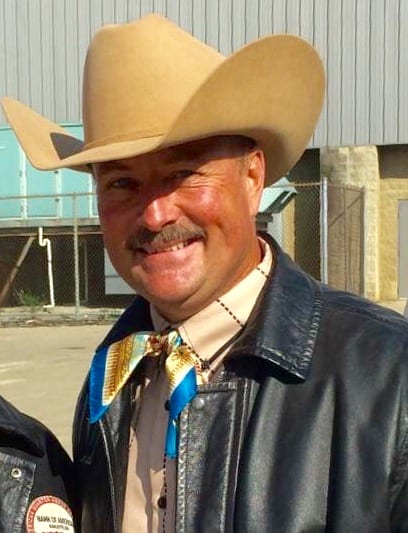 Patience is critical for these types of horses. Maxwell (pictured left) says that it is essential to “keep in mind that [stubborn tendencies] could be temporary, as the horse might just be learning from the techniques to move in a more collected frame, for example. If he’s been allowed to perform in an uncollected manner for some time, this is a change for him, and there might be some resistance to becoming a stronger athlete. The trick is identifying if he can be a stronger athlete.”
Patience is critical for these types of horses. Maxwell (pictured left) says that it is essential to “keep in mind that [stubborn tendencies] could be temporary, as the horse might just be learning from the techniques to move in a more collected frame, for example. If he’s been allowed to perform in an uncollected manner for some time, this is a change for him, and there might be some resistance to becoming a stronger athlete. The trick is identifying if he can be a stronger athlete.”
Just as a jump in math lessons would be initially frustrating to a child, an increase in the demands of training can frustrate a horse at first. With consistent work and training, the attitude that the horse had at the beginning should fade over time as he becomes more comfortable with the new standard at which he is expected to perform.
Check for soundness issues and address them as needed.
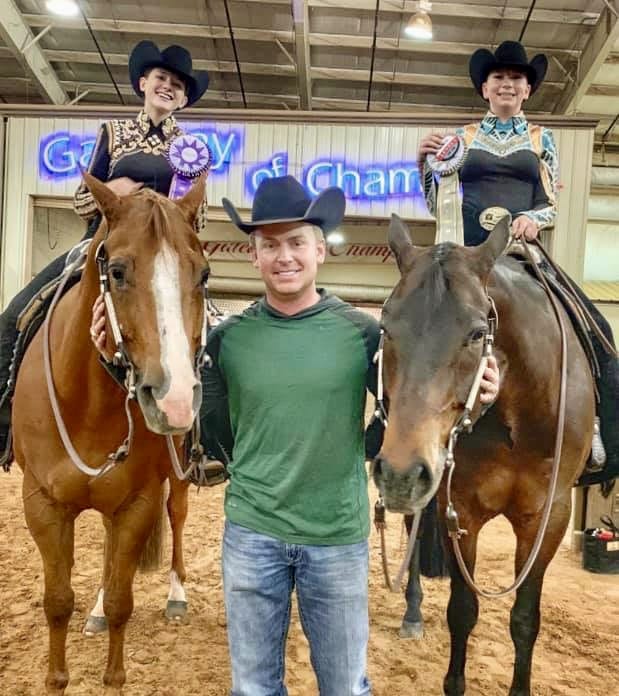 This one may seem obvious, but it is of the utmost importance when it comes to keeping a competitive show horse happy.
This one may seem obvious, but it is of the utmost importance when it comes to keeping a competitive show horse happy.
Reid Thomas (pictured right) says that the first thing he does when he encounters a horse with a bad attitude is to evaluate their physical well-being. “Usually, I try to see if the horse needs some type of medical attention or supplement; sometimes, we will scope the horse or float their teeth. I always want to give them the benefit of the doubt, since they can’t talk, that something could be wrong on the inside,” he explained.
Frid emphasized the importance of looking beyond the physical signs of soundness issues, saying that “just because a horse hurts, does not mean that it is going to have a true unsoundness or lameness problem; some horses still hurt, and they just quit trying.” If there has been no dramatic change in your training process, yet there is a dramatic change in the horse, he explained, then “it has to be a soundness problem of some kind, it has to be.”
However, just because a horse may encounter specific soundness issues along the way does not mean that each one is career-ending. Reid added that he thinks it is “important to understand whether the soundness is temporary or a permanent issue. It is my opinion that many horses struggle with soundness issues, but are still great minded.”
By performing routine maintenance, ensuring the horse is shod in a manner that keeps it comfortable, and keeping up with their dental work, horses that were once irritable may find comfort in their jobs once again.
Last but not least, does the horse enjoy his job?
As humans, we preach the importance of finding a career that makes you happy. We will be more inclined to want to work if our day-to-day routine at work is enjoyable. The same logic can be applied to horses.
Thomas finished with this advice: “The only other thing I would like to add is always to evaluate the goals of the rider within the scope that the horse can perform. For example, I once took an aggravated trail horse and turned him into a phenomenal hunter horse. I think it is important as good horsemen and women to be able to evaluate the range of talent and potential in a horse and take into account how they will perform in the events we want to compete in.”
In other words, do not try to fit a square peg into a round hole. If the horse is frustrated by his work, try switching it up by giving him a new job. Maxwell agreed with this approach, saying that “sometimes changing up events and finding something that suits him better might help find the solution.”
Forcing him to focus his energy on something that he does not enjoy will only make the horse a less willing show partner. Don’t be afraid to change it up; your horse will thank you. Horse showing is supposed to be fun for both horse and rider, so we must keep our partners happy and comfortable both inside the show arena and at home.
While it is undoubtedly challenging to address the issues with a horse’s attitude without being able to talk to them, by keeping close attention to detail in rider technique, physical well-being, and training, the root of the problem can often be quickly found and dealt with.


